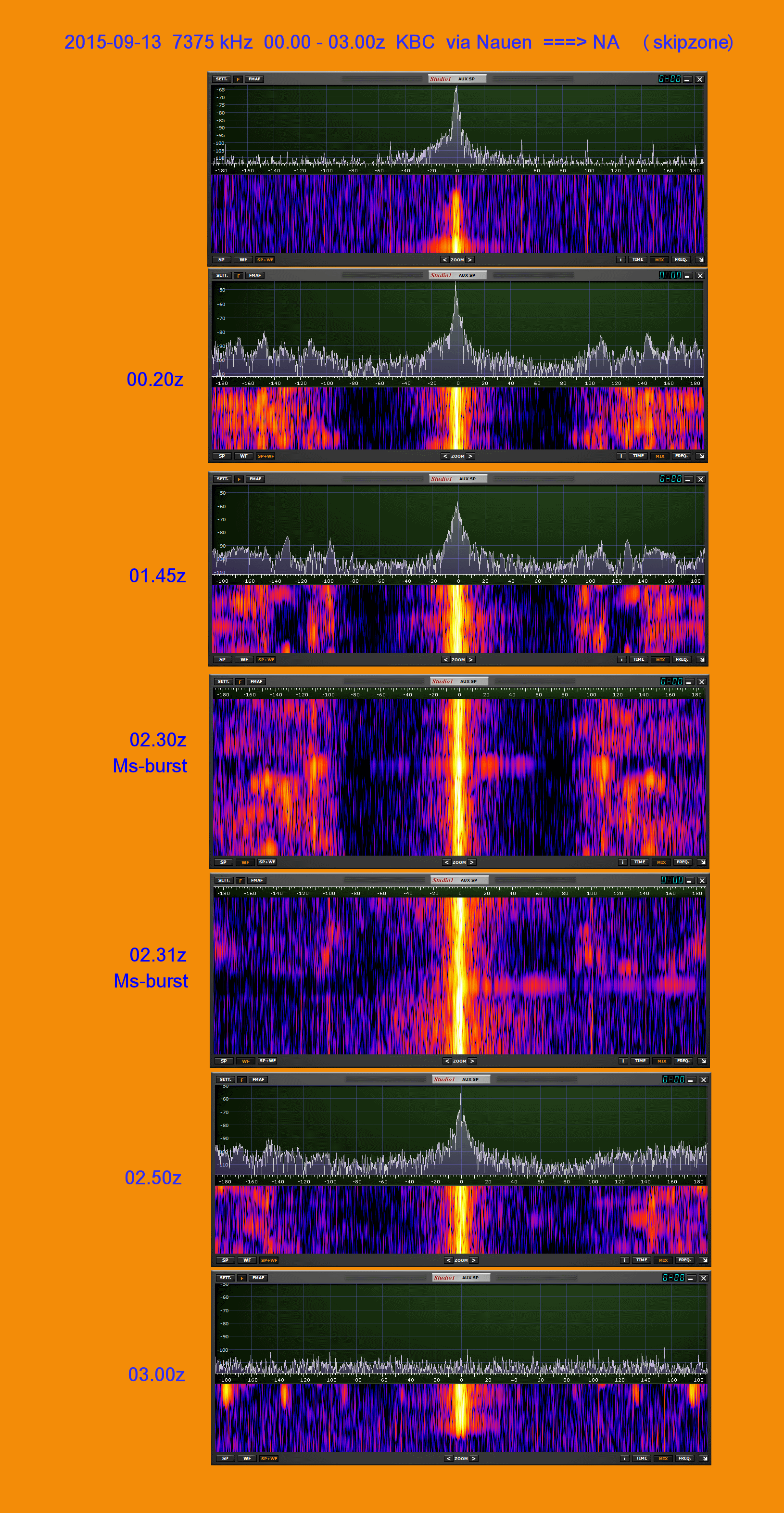
www.rhci-online.net/radiogram/radiogram.htm
██╗ ██╗██████╗ ██████╗ ██████╗ █████╗ ██████╗ ██╗ ██████╗ ██████╗ ██████╗ █████╗ ███╗ ███╗ ██║ ██╔╝██╔══██╗██╔════╝ ██╔══██╗██╔══██╗██╔══██╗██║██╔═══██╗██╔════╝ ██╔══██╗██╔══██╗████╗ ████║ █████╔╝ ██████╔╝██║ ██████╔╝███████║██║ ██║██║██║ ██║██║ ███╗██████╔╝███████║██╔████╔██║ ██╔═██╗ ██╔══██╗██║ ██╔══██╗██╔══██║██║ ██║██║██║ ██║██║ ██║██╔══██╗██╔══██║██║╚██╔╝██║ ██║ ██╗██████╔╝╚██████╗ ██║ ██║██║ ██║██████╔╝██║╚██████╔╝╚██████╔╝██║ ██║██║ ██║██║ ╚═╝ ██║ ╚═╝ ╚═╝╚═════╝ ╚═════╝ ╚═╝ ╚═╝╚═╝ ╚═╝╚═════╝ ╚═╝ ╚═════╝ ╚═════╝ ╚═╝ ╚═╝╚═╝ ╚═╝╚═╝ ╚═╝
|

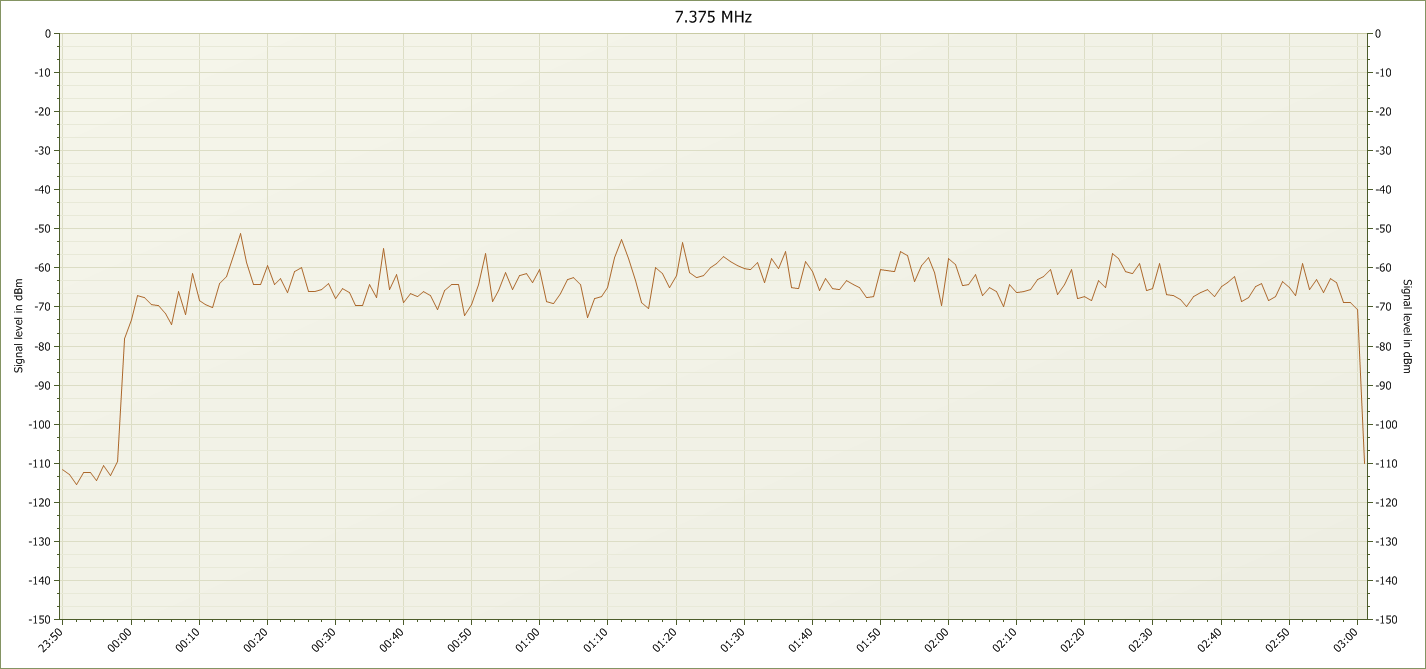
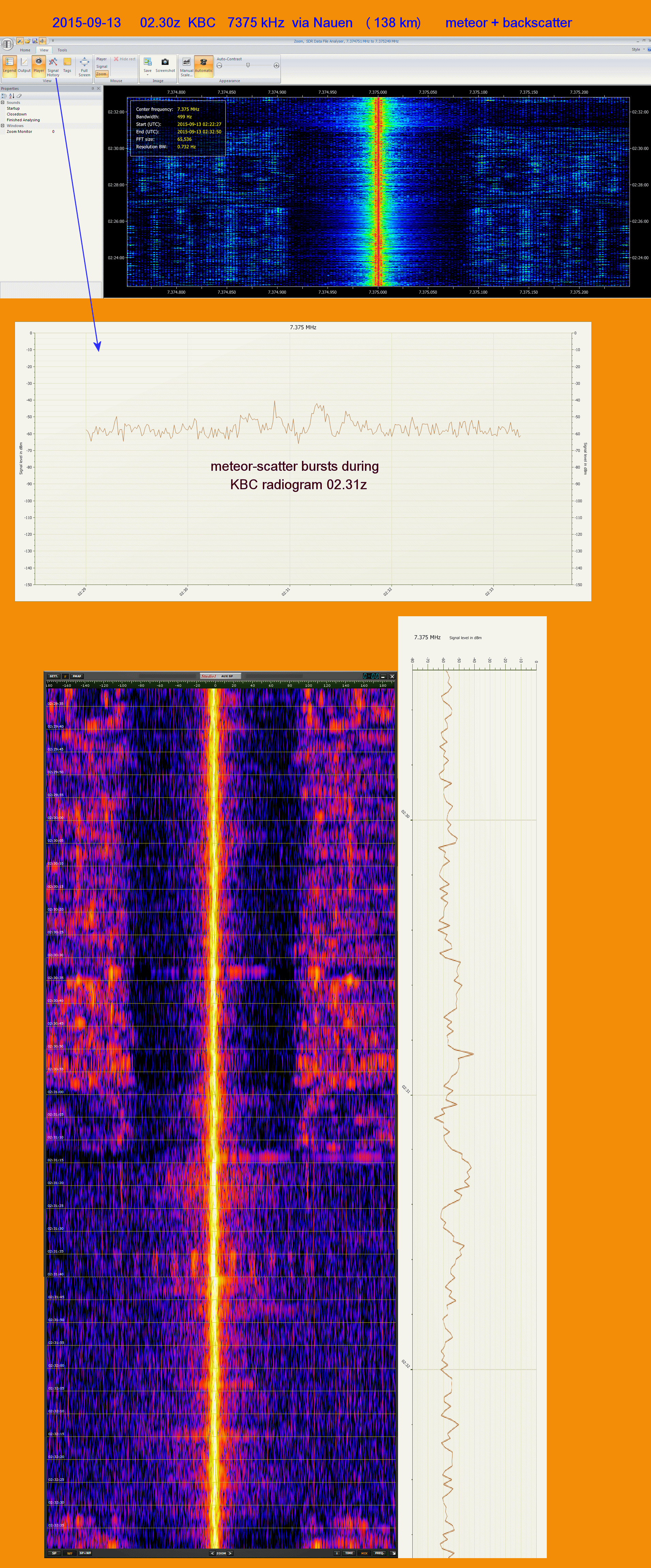
|
RSID: <<2015-09-13T02:31Z MFSK-64 @ 7375000+1500>> |
|
STUDIO - recording |
|
How is reception on the Mighty KBC's new "winter" frequency of |
|
How is reception on the Mighty
KBC's new "winter" frequency of |
|
|
|
Sending Pic:277x73C; |
|
|
|
|
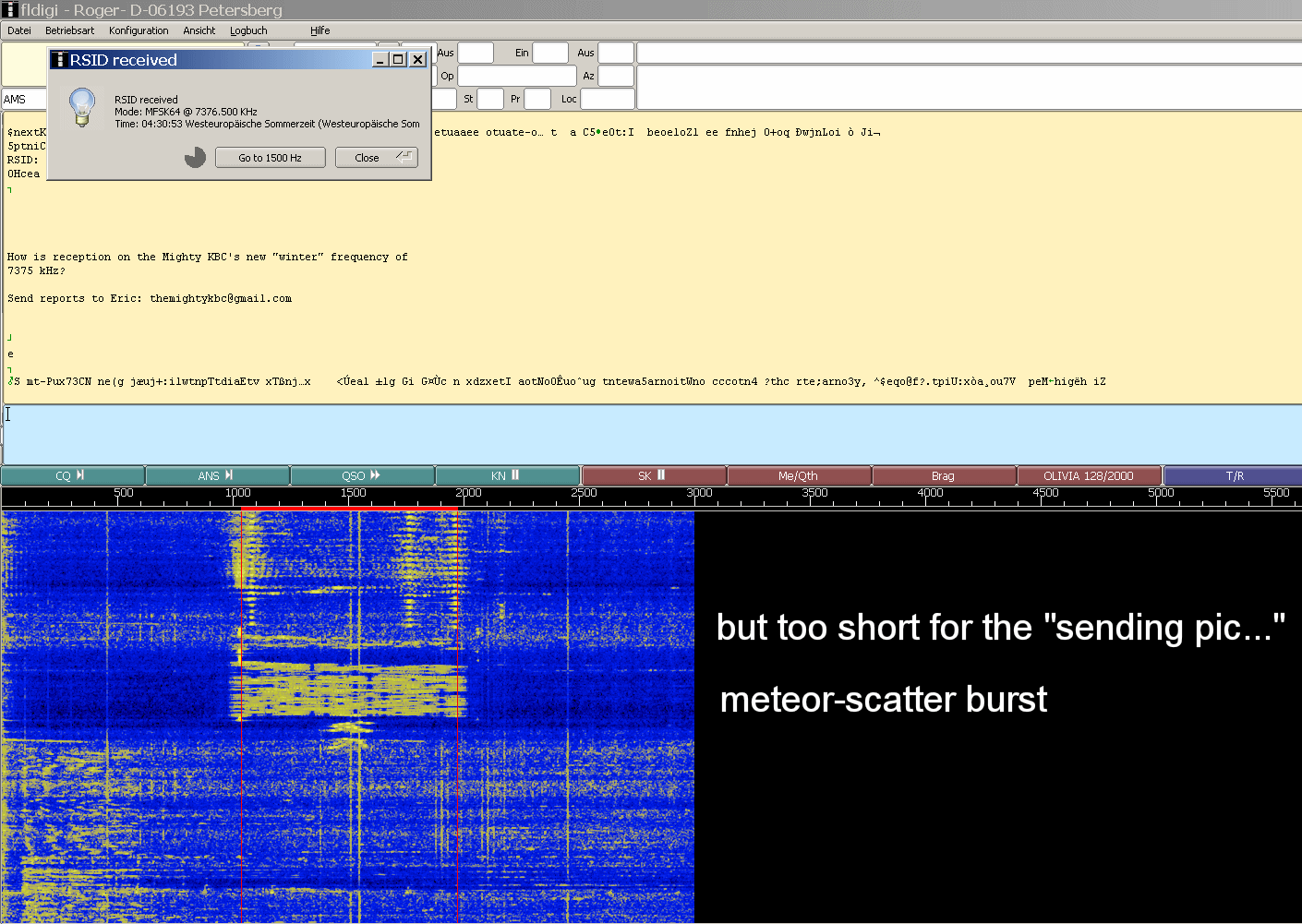
██╗ ██╗ ██████╗ █████╗ ██████╗ █████╗ ██████╗ ██╗ ██████╗ ██████╗ ██████╗ █████╗ ███╗ ███╗ ██║ ██║██╔═══██╗██╔══██╗ ██╔══██╗██╔══██╗██╔══██╗██║██╔═══██╗██╔════╝ ██╔══██╗██╔══██╗████╗ ████║ ██║ ██║██║ ██║███████║ ██████╔╝███████║██║ ██║██║██║ ██║██║ ███╗██████╔╝███████║██╔████╔██║ ╚██╗ ██╔╝██║ ██║██╔══██║ ██╔══██╗██╔══██║██║ ██║██║██║ ██║██║ ██║██╔══██╗██╔══██║██║╚██╔╝██║ ╚████╔╝ ╚██████╔╝██║ ██║ ██║ ██║██║ ██║██████╔╝██║╚██████╔╝╚██████╔╝██║ ██║██║ ██║██║ ╚═╝ ██║ ╚═══╝ ╚═════╝ ╚═╝ ╚═╝ ╚═╝ ╚═╝╚═╝ ╚═╝╚═════╝ ╚═╝ ╚═════╝ ╚═════╝ ╚═╝ ╚═╝╚═╝ ╚═╝╚═╝ ╚═╝
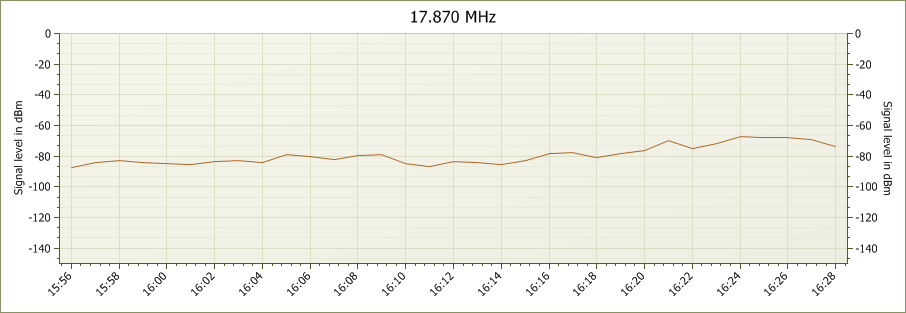
RSID: <<2015-09-12T16:01Z
MFSK-32 @ 17870000+1500>>
Welcome to program 128 of VOA Radiogram from the Voice of
America.
I'm Kim Andrew Elliott in Washington.
Here is the lineup for today's program, all in MFSK32 except
where noted:
1:36 Program preview (now)
2:50 Most distant galaxy seen from earth (orbit)*
7:41 Boeing opens spaceship plant in Florida*
14:55 Olivia 32-2000: China to far side of moon
18:27 Olivia 32-2000: Chinese text from VOA Chinese
23:41 MFSK32: Closing announcements*
28:21 Olivia 64-2000: Transmission schedule
Please send reception reports to radiogram@voanews.com.
And visit voaradiogram.net.
Twitter: @VOARadiogram
VOA News
September 10, 2015
Astronomers say they may have glimpsed the most distant galaxy
ever spotted, something conventional theories about the early
universe say should not have been possible.
The galaxy, called EGS8p7, is believed to be 13.2 billion years
old, meaning it formed shortly after the Big Bang when the
universe was "a soup of charged particles" from which light could
not be transmitted.
In the early universe, "clouds of neutral hydrogen atoms would
have absorbed certain radiation emitted by young, newly forming
galaxies," according to a news release from California Institute
of Technology, or Caltech. This would include the spectral
signature of hot hydrogen gas, known as the Lyman-alpha line,
which is a sign of new star formation.
Scientists believe it was not until around 380,000 years before
light was able to transverse the cosmos, and between one half
billion and one billion years before the first galaxies "turned
on" and reionized neutral gases, but EGS8p7 may change that
theory.
Yet, despite the theories about light absorption, astronomers
were able to use redshift measurements to determine EGS8p7's
distance. Light stretches and becomes redder the further it
travels, and redshift measurements are a common way to measure
the distance to galaxies.
Adi Zitrin, a NASA Hubble postdoctoral scholar in astronomy at
Caltech, says EGS8p7 may cause scientists to "revise the
timeline" for galaxy formation in the early universe.
"If you look at the galaxies in the early universe, there is a
lot of neutral hydrogen that is not transparent to this
emission," said Zitrin in a statement. "We expect that most of
the radiation from this galaxy would be absorbed by the hydrogen
in the intervening space. Yet still, we see Lyman-alpha from this
galaxy."
The timeline of reionization is, according to Zitrin, a "major
key question" surrounding the early universe, and EGS8p7 may show
it did not happen uniformly around the universe.
"The galaxy we have observed, EGS8p7, which is unusually
luminous, may be powered by a population of unusually hot stars,
and it may have special properties that enabled it to create a
large bubble of ionized hydrogen much earlier than is possible
for more typical galaxies at these times," says Sirio Belli, a
Caltech graduate student who worked on the project.
http://www.voanews.com/content/astronomers-spot-most-distant-galaxy-egs8pz/2955405.html
See also:
http://www.caltech.edu/news/farthest-galaxy-detected-47761
Image: Galaxy EGS8p7 (circled), as seen from the Hubble Space
Telescope ...
Sending Pic:120x104C;
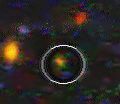
This is VOA Radiogram from the Voice of America.
Please send reception reports to radiogram@voanews.com.
Boeing Opens Commercial Spaceship Plant in Florida
Reuters via voanews.com
September 04, 2015
CAPE CANAVERAL - Boeing took the wraps off an assembly plant on
September 4 for its first line of commercial spaceships, which NASA
plans to use to fly crews to the International Space Station,
officials said.
"This is a point in history that reflects a new era in human
spaceflight," Boeing Chief Executive Dennis Muilenburg said at a
grand opening ceremony at the Kennedy Space Center.
Boeing's newly named CST-100 Starliner spaceships will be
prepared for flight in a processing hangar once used by NASA's
space shuttles. The capsule's debut test flight is targeted for
2017.
Starliners will fly from nearby Cape Canaveral Air Force Station
aboard Atlas 5 rockets, which are built and flown by United
Launch Alliance, a partnership of Lockheed Martin and Boeing.
NASA is paying up to $4.2 billion for a Starliner test flight and
up to six missions to the station. The U.S. space agency has a
similar contract with privately owned SpaceX, which intends to
accomplish the work for $2.6 billion.
NASA previously contributed $621 million to Boeing and $545
million for SpaceX for capsule design and development.
Both Boeing's Starliner and SpaceX's Dragon capsules can carry
seven-member crews, or a mix of crew and cargo, to and from the
station, a $100 billion laboratory that flies about 250 miles
(400 km) above Earth.
Muilenburg declined to say how much of its own money Boeing is
putting into the project, but said its ultimate success will
depend on customers beyond NASA.
Boeing already has agreements to provide space transportation
services for privately owned Bigelow Aerospace, which plans to
lease out space aboard its planned orbiting outposts for
scientific research and commercial programs. A prototype Bigelow
habitat is scheduled to be launched and attached to the space
station by early 2016 for a two-year test flight.
Boeing's refurbishment of the retired space shuttle hangar was
partly financed by Florida, which so far has invested about $2
billion to lure aerospace companies to the state.
On Sept. 15, Amazon founder Jeff Bezos plans to be at Cape
Canaveral Air Force Station to unveil a new commercial space
project, also backed by state and local economic development
agencies.
Bezos' space company, Blue Origin, is expected to announce plans
for a rocket manufacturing plant in an industrial park adjacent
to Kennedy Space Center. The company also plans to lease a
mothballed launch pad at Cape Canaveral Air Force Station, state
and local officials familiar with the project said.
http://www.voanews.com/content/boeing-opens-commercial-spaceship-plant-in-florida/2948474.html
Image: Artist's rendering of the Boeing CST-100 Starliner ...
Sending Pic:231x185C;
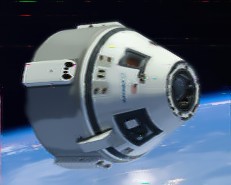
This is VOA Radiogram from the Voice of America.
Please send reception reports to radiogram@voanews.com.
VOA Radiogram now changes to Olivia 32-2000 ...
RSID: <<2015-09-12T16:14Z
OLIVIA @ 17870000+1500>>
This is VOA Radiogram in Olivia 32-2000 ...
Associated Press via voanews.com
September 09, 2015
BEIJING - China's space program says it plans to attempt the
first-ever landing of a lunar probe on the moon's far side.
Zou Yongliao from the Chinese Academy of Sciences' moon
exploration department told state broadcaster CCTV on Wednesday
that the Chang'e 4 mission is planned for some time before 2020.
Zou said the objective of the mission would be to study
geological conditions on the moon's far side, also known as the
dark side. Radio transmissions from Earth are unable to reach the
far side, making it an excellent location to place a radio
telescope for use by astronomers.
China's next lunar mission is scheduled for 2017, when it will
attempt to land an unmanned spaceship on the moon before
returning to Earth with samples.
http://www.voanews.com/content/ap-china-aims-to-be-first-to-land-probe-on-moon-far-side/2953487.html
This is VOA Radiogram from the Voice of America.
Please send reception reports to radiogram@voanews.com.
VOA Radiogram now transmits an except of Chinese-language text
from VOA Chinese ...
习近平的下马威:访美期间召开西雅图科技论坛
美国之音
2015.09.10
中国国家主席习近平对美国首次国事访问前,白宫曾放话制裁中国的网络攻击和网络间谍行径。与此同时,中国精心设计的一场高科技论坛将在西雅
图举行,美国高科技公司掌门人将到场。中国主办此次会议被认为是对白宫下马威言行的一种回敬。美中峰会尚未开始,其不可避免的锋芒可能首先
会在华盛顿州展露。不过,也有美国舆论呼吁重新检视美中关系的重要性。
Full text:
http://www.voachinese.com/content/seatle-tech-fair-xi-jinping-usa-visit/2953950.html
VOA Radiogram now returns to MFSK32 ...
RSID: <<2015-09-12T16:23Z
MFSK-32 @ 17870000+1500>>
Please send reception reports to radiogram@voanews.com.
And visit voaradiogram.net.
Twitter: @VOARadiogram
Thanks to colleagues at the Edward R. Murrow shortwave
transmitting station in North Carolina.
I'm Kim Elliott. Please join us for the next VOA Radiogram.
This is VOA, the Voice of America.
The Boeing Starliner mentioned earlier in this VOA Radiogram is
not to be confused with the Ford Starliner of the 1960s ...
Sending Pic:241x128C;
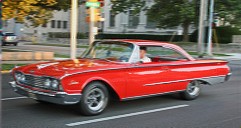
Sending Pic:632x44C;
![]()
RSID: <<2015-09-12T16:28Z
OL 64-2K @ 17870000+1500>>
VOA Radiogram transmission schedule
(days/times UTC):
Sat 0930-1000 5745 kHz
Sat 1600-1630 17870 kHz
Sun 0230-0300 5745 kHz
Sun 1930-2000 15670 kHz
All via North Carolina
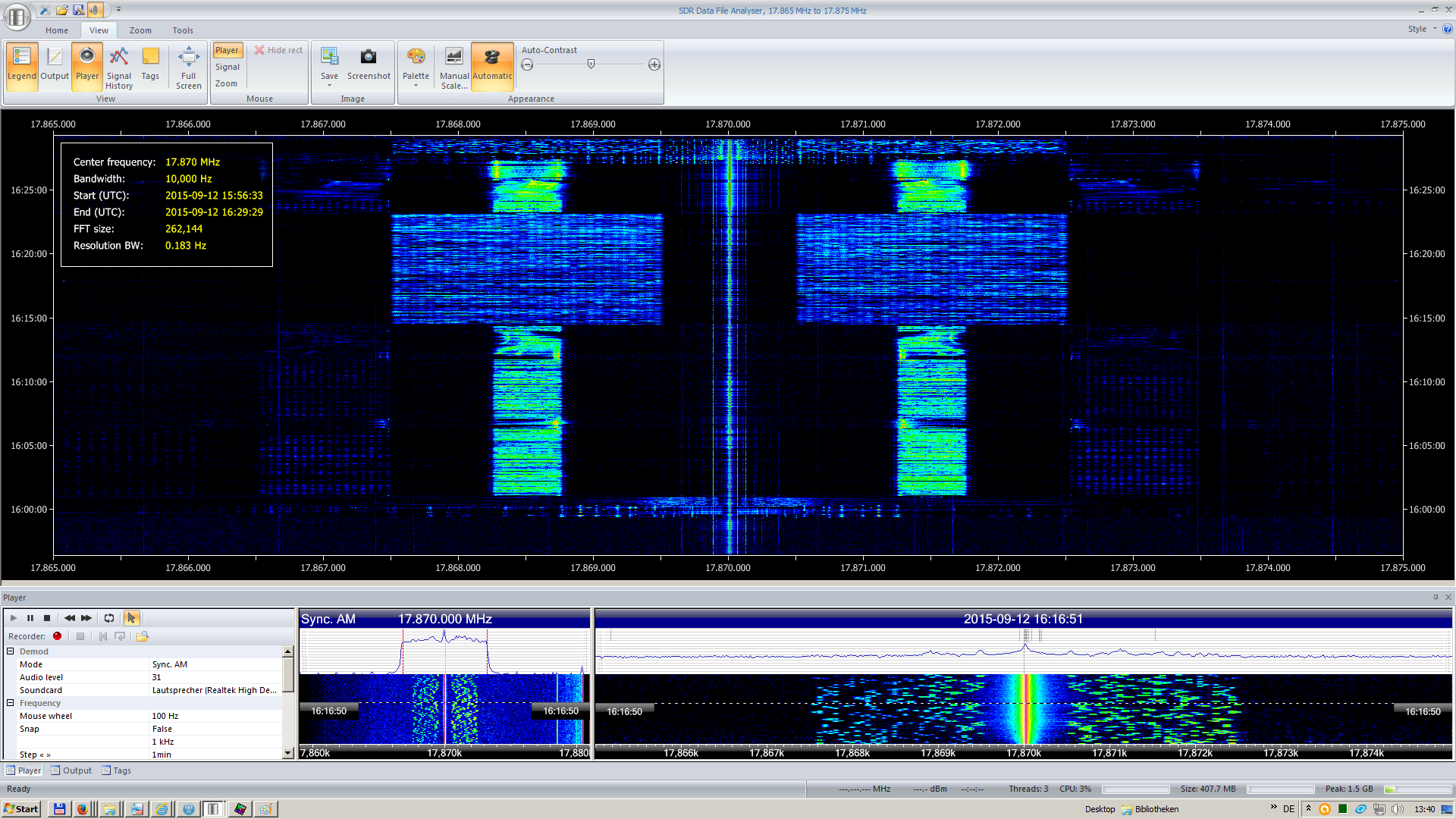
www.rhci-online.net/radiogram/radiogram.htm
|
QTH: |
D-06193 Petersberg (Germany/Germania) |
|
|
Ant.: |
Dipol for 40m-Band & Boomerang Antenna 11m-Band |
|
|
RX for RF: |
FRG-100B + IF-mixer & ICOM IC-R75 + IF-mixer |
|
|
Software IF: |
con STUDIO1 - Software italiano per SDR [S-AM-USB/LSB] |
|
|
Software AF: |
||
|
OS: |
German XP-SP3 with support for asian languages |
German W7 32bit + 64bit |
|
PC: |
MEDION Titanium 8008 (since 2003) [ P4 - 2,6 GHz] |
MSI-CR70-2MP345W7 (since2014) [i5 -P3560 ( 2 x 2,6GHz) ] |
Tag des offenen Denkmals - Funkamt Nauen - 13. September 2015
http://www.funkstadt-nauen.de/ https://en.wikipedia.org/wiki/Nauen_Transmitter_Station https://de.wikipedia.org/wiki/Gro%C3%9Ffunkstelle_Nauen Radio for the world - Funkamt Nauen - Heritage Day 2013
| Click to enlarge | |
|
|
|
|
|
|
|
|
|
|
|
|
|
|
|